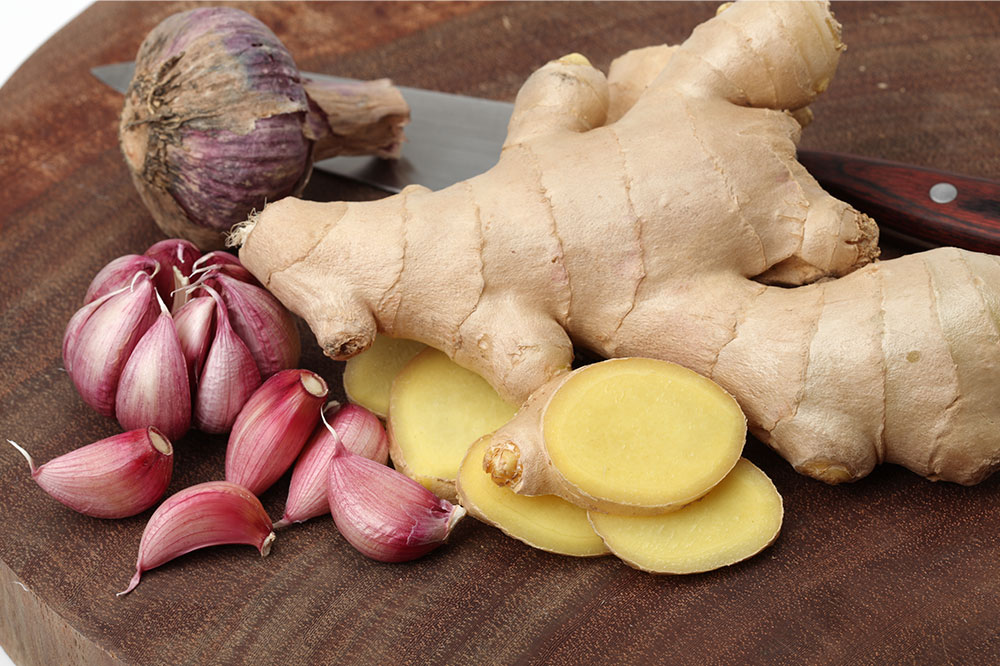
Foods to avoid to manage depression
Depression is a state of mind where one experiences extreme sadness and aloofness. This is characterized as a mental health illness and needs professional guidance. Going to therapy and taking medications, if prescribed, is the best way to cope with this illness. However, it is also important to look into other factors like lifestyle and nutrition. To help you, here are some foods to avoid when dealing with depression as they cause anxiety. Sugar According to studies, it is observed that having too much of sugar can cause inflammation in the body and brain. It was also observed that this inflammation is usually 30% higher in those suffering with depression. While our body may crave sugar when we’re feeling low and give an instant rush, the blood sugar crash followed by this is what destabilizes the mood. It also has an effect on energy. It is advised to maintain a healthy blood sugar level to deal with depression. Trans fats These are bad fats found in fried foods like French fries, fried chicken, fried calamari, and fried cheese sticks. According to studies, consumption of trans fats worsen depression symptoms. Apart from being bad for mental health, these foods are also responsible for clogging arteries and increasing the risk of heart diseases.
Read More 










